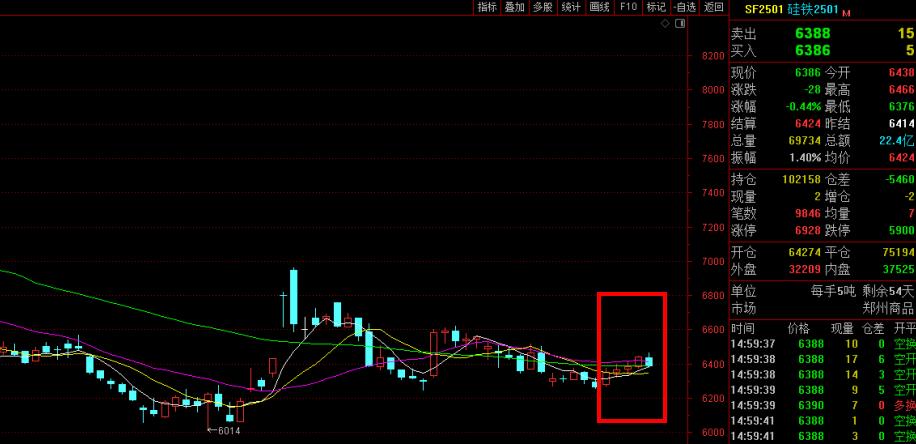[ferro-alloys.com]Vietnam's steel industry is poised to see further growth in apparent steel demand, even after a bumper year of steel production in 2018, the Vietnam Steel Association said at a conference this week.
Vietnam's crude steel production reached a record high of 14.1 million mt in 2018, surging by 23% from the previous year, according to the World Steel Association. And the country's latest figures for 2019 show the growth continuing. The estimated total for January and February was 2.7 million mt, up 43% from the same period last year.
The country's crude steel production capacity has expanded since 2015, with several projects recently coming on stream. Formosa Ha Tinh's second blast furnace started in May 2018, and Hoa Phat's Dung Quat blast furnace in the south of the country is due to start in June 2019.
Vietnam Steel Association's (VSA) Vice Chairman and General Secretary, Chu Duc Khai said: "Our steel products apparent consumption per capita is only at 241 kg, placing in fourth among the ASEAN countries. Developed countries like Singapore have hit levels of 500 kg per capita. We have so much more room to grow."
"The country's economic situation in January this year continued to see a positive trend, which will go on to keep the progress of our steel industry development going," Southern Steel Company's Deputy General Director and VSA member, Nguyen Hung Manh, said at the Vietnam Commodity Market Insights Forum this week in Ho Chi Minh.
"Last year, although it was considered a challenging one for Vietnam's steel industry, the production and consumption of finished steel products still managed to see continued growth," Manh said.
"Production of finished steel products reached 25.6 million mt in 2018, up 15.8% from 2017, whilst apparent steel consumption figures climbed to 22.3 million mt for the year, up 3.1%," he said.
Vietnam's apparent steel demand in 2018 was mainly driven by an increase in the long products segment, reaching 10.8 million mt, up 2.8% year on year. Flat steel product demand edged lower to 11.3 million mt, down 0.9%, figures from the VSA showed.
Hoa Phat Group continued to dominate the longs product market for 2018, holding 23.8% of market share, whilst VNSteel followed at 17.2%, with Pomina at 9.8%.
OVERCAPACITY WORRIES EMERGE. The fast capacity buildup has also brought concerns around overcapacity to the market.
"Our apparent steel consumption has only grown by 3%. Yes it is a growth, but this is not comparable to the current crude steel production growth here," a source from an electric arc furnace mill in Vietnam said.
"The starting of just these blast furnaces is already adding in another 10 million-15 million mt of capacity in total, not even counting the other additions of EAFs and induction furnaces," the source added. "How much more is this than the 3% apparent demand growth?"
However, the export market could be lucrative, Manh said.
"Going forward, Vietnam may start seeing more export volumes of steel," Manh said.
"We are actually strategically located between Asia and the West," he said. "Last year, 56.4% of all our exports went to ASEAN countries, with finished steel exports of over 3.5 million tons. This is followed by the US (14.5%) and the EU (6.9%)."
PRODUCTION PROCESS RATIOS SHIFT With more blast furnaces coming online, the dynamics of Vietnam's crude steel production processes ratio have seen a big change in 2018.
The blast furnace process achieved 58% of the country's total crude steel production in 2018, surpassing that via the EAF route, which contributed 32%. The IF process accounts for the remaining 10%, VSA told S&P Global Platts.
In contrast, in 2017 EAF contributed 57% of total crude steel production, whilst the blast furnaces process contributed 35%, and the remaining 8% via the IF process.
"EAFs and IFs will face a tougher time going forward," Manh said. "The higher electricity price hikes will surely see our cost of steel production increase, and ultimately the price of steel in the country as well. EAFs and IFs will need to find a solution to overcome this issue as electricity cost can contribute to about 8%-9% of steel production."
"The blast furnaces going forward will have so much more dominance in the domestic market for sure," an EAF mill source said.
(S&P Global Platts)
- [Editor:王可]



 Save
Save Print
Print Daily News
Daily News Research
Research Magazine
Magazine Company Database
Company Database Customized Database
Customized Database Conferences
Conferences Advertisement
Advertisement Trade
Trade


















Tell Us What You Think